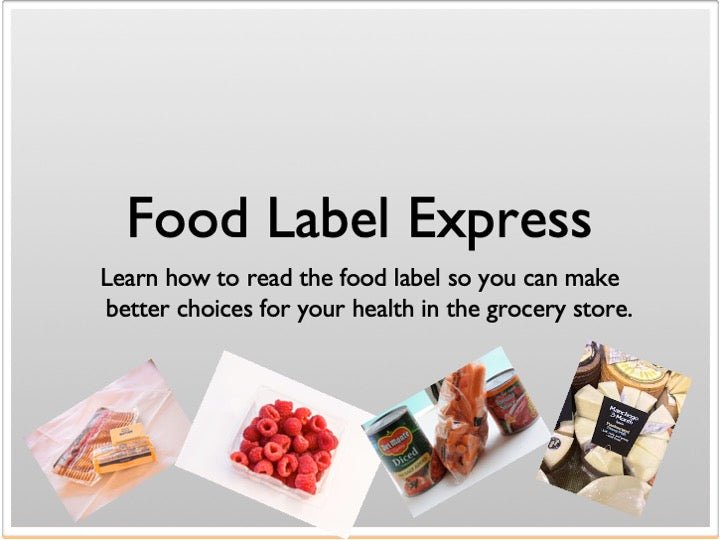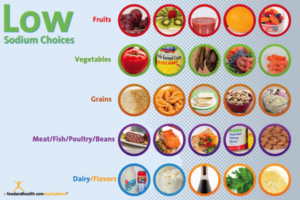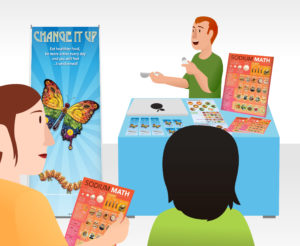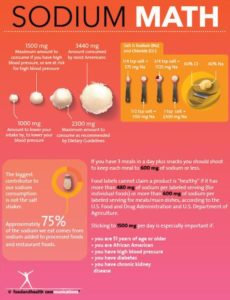With the new school year, parents are getting back to packing lunches and trying to get dinner on the table amidst sports practices and other activities. Healthy meals start with choosing healthy food at the supermarket, and that means reading and understanding Nutrition Facts food labels.
Our Food Label theme has everything you need to create an engaging educational display at your next health and wellness fair. If there’s no fair in your future, consider incorporating some food label education into classes, individual counseling, bulletin boards, waiting rooms, or cafeterias.
Here are some food label health fair tips:
- Get their attention: Attract people to your food label booth with our Food Label floor sticker/decal – it’s bound to make your display stand out!
- Make it simple: Our materials make figuring out food labels as easy as 1-2-3. Play our Food Label Express PowerPoint or use our Understand a Food Label poster to teach the three steps to label reading. Our 5 Mistakes of Label Reading poster is a good option as well.
- Make it hands-on: Set out an assortment of empty food packages so your audience can practice reading the Nutrition Facts. Give participants an I Know How to Read a Food Label sticker or a Food Label bookmark.
- Provide useful take-homes: Send your audience away with handouts to remind them what they learned. Our Food Label handout tearpad is perfect – it features the 1-2-3 process of label reading with a handy healthy shopping list on the back.
By Hollis Bass, MEd, RD, LD

The 5 Mistakes of Label Reading Poster
$22.75 $25.50
Add to Cart

New Food Label Stickers 2" - Pack of 100
$12.99 $12.99
Add to Cart

New Food Label Bookmarks Pack of 50 2"X7"
$17.95 $19.99
Add to Cart













